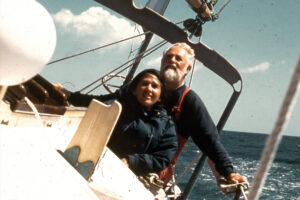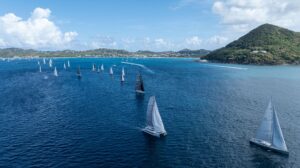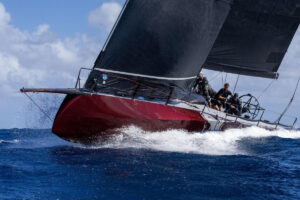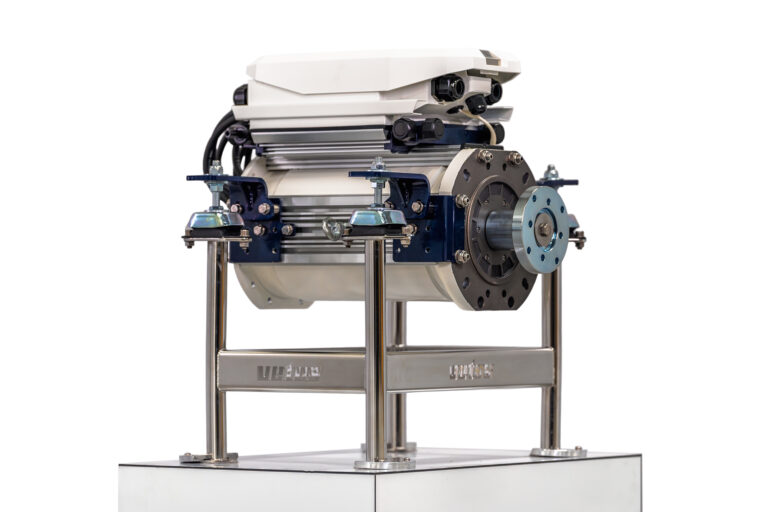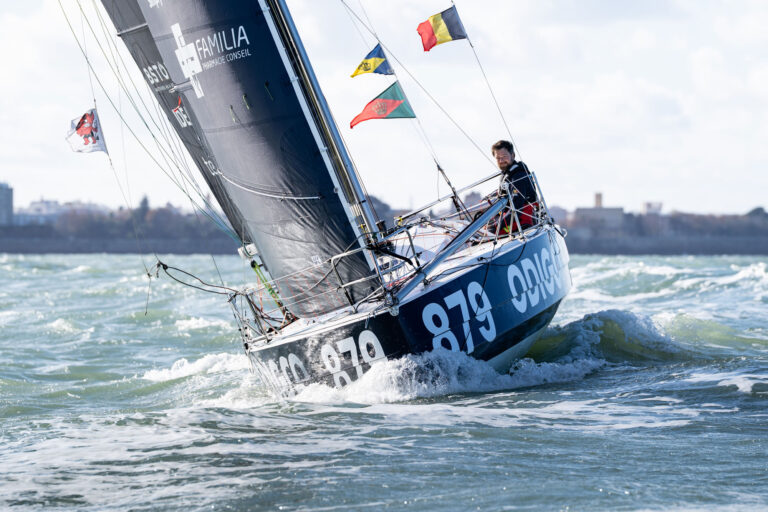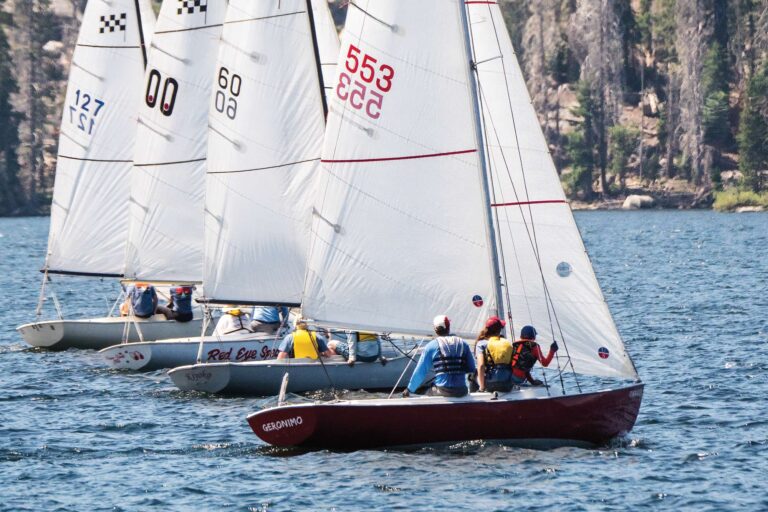
C01BOTY08.jpg
In the pages of Cruising World, weve often lobbied boatbuilders for more affordable, seaworthy cruising boats of modest size that, in the spirit of the 1960 Pearson Triton, open the possibilities of cruising to more sailors. Seven of the boats we sailed come closest to answering that request. These are series-built sloops of traditional cruising design marked by moderate displacement-to-length and sail area-to-displacement ratios as well as simple rigs and sail plans. Of these seven boats, three are priced below the $200K mark.
The Etap 34s is a sprightly sloop from Belgium thats built with enough foam between its hull skins to keep floating–and sailing–even after its fully flooded (though we didnt get the chance to test it that way). The Beneteau 393 is a spacious, two- or three-cabin sloop modeled on last years successful 473.
But the boat that stood out was the aft-cockpit Hunter 356, a boat Ralph called “a paradigm shift for Hunter.” He liked the influence he saw from Glenn Henderson, a yacht designer known for his performance boats; for a little over a year, hes been Hunters in-house designer. “Hendersons input has really come through. This girl, driven hard for a shoal-draft boat, balanced nicely and drove fairly easily.”
Alvah found the cockpit layout clean. “I liked that big stainless-steel arch with the main traveler on top of it. It was a good handhold and a good location for cruisers to add wind generators, solar panels, or antenna, and the stainless-steel work was good.”
As on all the boats, including those that took prizes, there were a few items the judges would have preferred to see different. “I was concerned about those large lockers on the sugar scoop that drain into the bilge,” said Alvah. “Theyre well gasketed, but I think the first thing anyone would need to do is get bigger hinges and better latches and make absolutely sure theyre not opening that kind of area that low.” Its a trait that would be more serious if the 356 were intended as an all-oceans passagemaker, but Hunter calls it a coastal cruiser. The European Community rates it “Category B,” with usage limited to seas of four meters (about 13 feet) and winds of Force 8 (40 knots).
Compared with Hunters past, many interior features on the 356 were upgraded: Corian countertops, solid teak woodwork instead of veneers, radiused corners with fiddles. “The galley was squared away,” said Skip. “Nice freezer, good insulation. The Adler/Barbour compressor under the settee had good ventilation and very good access to work on it.”
Skip liked the electrical installation, too. “Hunters put antichafe around all the holes in all the bulkheads that have plumbing or wiring coming through, something most boats twice the price, three times the price, dont do. Also, they left lots of slack in the wire leads at the electrical panel so you could pull them out and work on them.” The helm drew praise from Ralph: “I liked their steering concept: a drag-link system with a sealed rudder tube that ties the deck and hull together. No leaks, no need for a stuffing box.” Alvah liked that the wheel was small enough to walk around.
Carol summed up her impression of the 356: “It was a comfortable boat to sail. The design concept was stability with a shoal keel, and I think it met that.”
In todays new-boat marketplace, this 35-footer, priced at $114,000, stands out as a remarkable value.

